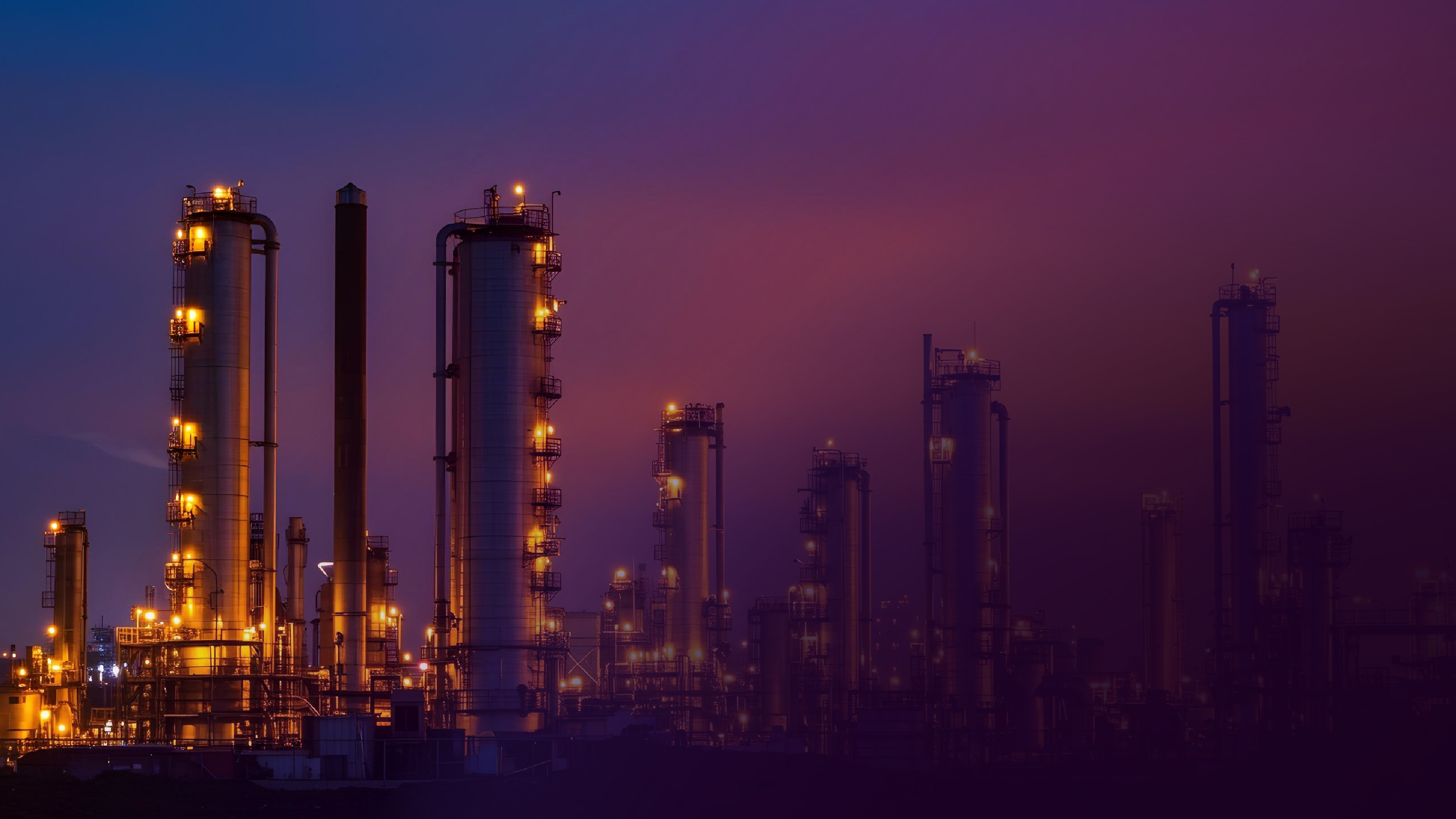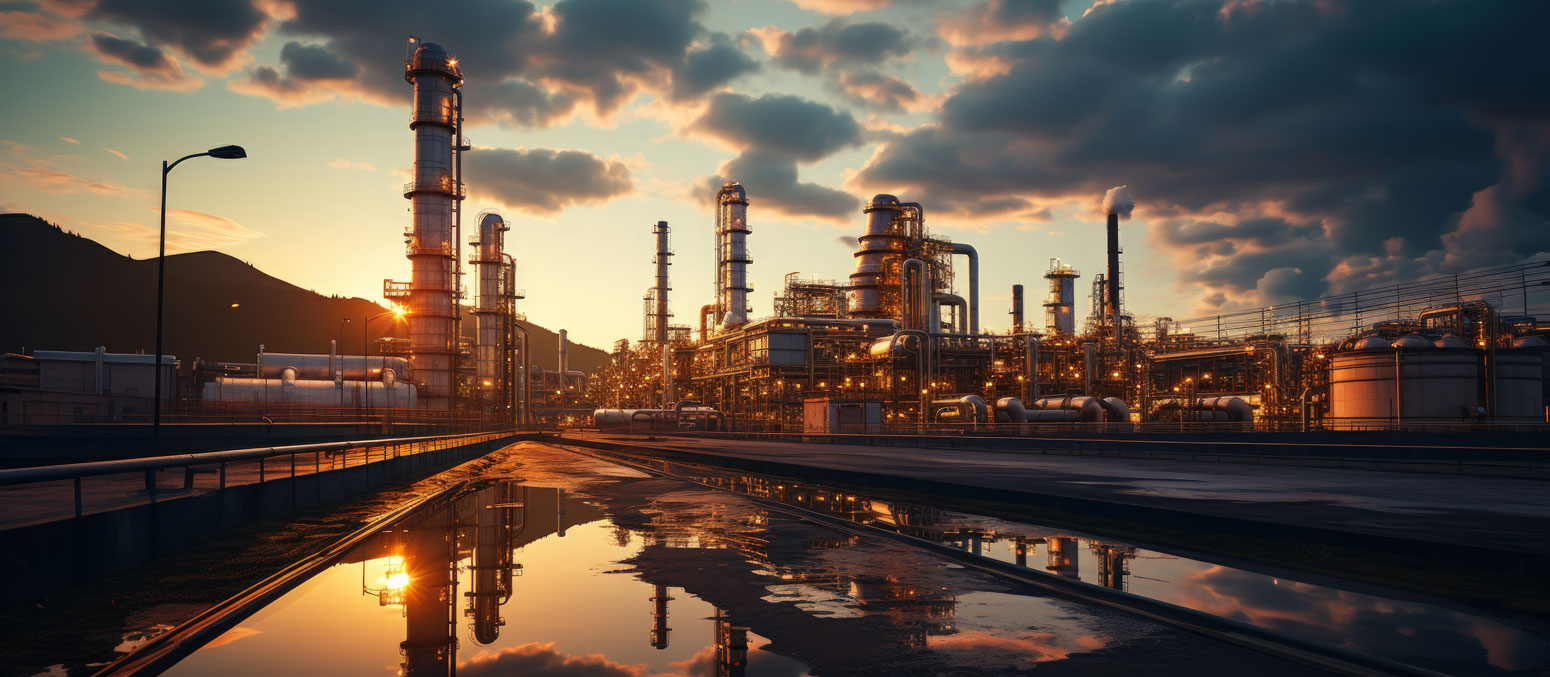In September 2023, the Fábrica Carioca de Catalisadores S.A. was present at the 12th edition of the Latin American Refining Technology Conference 2023 - LARTC, a highly relevant conference for professionals in the refining and petrochemical industries.
Check out below the main questions that arose during the event and the answers from our Technical Services Specialists.
1. What is the impact of co-processing on the compressor?
Co-processing can impact the compressor in different ways:
• Reduction of H2, which can represent a significant reduction in the volume of gas for the compressor.
• Increased formation of gum due to the presence of oxygenated compounds in the gas and LPG range.
• Increased hydrogen cyanide corrosion, due to the high nitrogen content of certain bioburden.
Some of these impacts can be optimized or mitigated by catalyst technology. ReNewFCC Technology was developed with the aim of minimizing hydrogen transfer reactions and optimizing deoxygenation reactions. ReNewFCC technology has achieved commercial results of 50% hydrogen reduction in dry gas compared to a base catalyst and an increase in product deoxygenation compared to a 90% load.
2. How does the ReNewFCC catalyst favor deoxygenation reactions compared to a base catalyst?
Deoxygenation of bioburden can be optimized from two angles:
• Increased process severity: Increased TRX; increased CTO.
• Catalyst design: Access of hydrocarbons to the zeolite acid site, stability and strength of the acid sites.
The design and pore structure of the ReNewFCC catalyst were designed in such a way as to optimize the access of hydrocarbons to the active zeolite site. In addition, the acidity and stability of the active zeolite site were also adjusted in order to increase stability in the face of an increase in the content of different contaminants and to optimize deoxygenation reactions.
3. Have you analyzed your new FCC catalyst technology when processing loads with a high oxygen content, such as biomass pyrolysis oil?
The ReNewFCC catalyst was developed to maximize deoxygenation reactions, thus guaranteeing product specifications, especially for cracked naphtha. So far, tests have been carried out on biomass with up to 13% oxygen in the load, 100% of which is processed in the semi-commercial unit. With this load, the ReNewFCC catalyst achieved a result of over 95% reduction of oxygenated compounds in the cracked naphtha compared to a base catalyst.
4. How can simulator technology be used to evaluate new loads?
The thermodynamic simulator is one of the best tools for assessing new loads, as it allows a thermodynamic assessment of the chemical reactions, the interactions of contaminants in the catalyst, and assesses the unit thermodynamically in terms of thermal, coke and pressure balance. In order to apply simulator technology to assess new loads, it is necessary to have a thermodynamic simulator that has been calibrated and validated with the unit's current conditions and the characteristics of the new load to be assess. The more information available on the quality of this new load, the better thermodynamic predictions can be obtained from the simulator.
5. Why does a catalytic system with a lower rare earth content increase the production of light olefins?
In catalytic cracking, the reactions take place at the zeolite acid sites and the rare earth is directly responsible for maintaining the stability of these sites. The higher the rare earth content, the more hydrogen transfer reactions - which are bimolecular - will take place and, consequently, the lower the olefinicity of the products.
Reducing the density of acid sites is one of the factors that reduces hydrogen transfer. This is achieved by reducing the size of the unit cell and one of the variables to be modified in order to achieve this is the reduction of rare earth in the zeolite.
However, the challenge of maintaining the activity and selectivity of the catalyst exists, and other variables must be analyzed in the catalyst development "equation".
Because it is a complex science, FCC S.A. is actively involved in studies to produce the best solutions for refiners.
6. Does the use of ZSM-5 without injecting lighter fillers such as naphtha into the load increase the octane rating of the product generated?
Yes, even without injecting lighter loads into the riser, the use of catalysts or additives containing the ZSM-5 zeolite will result in an increase in the octane rating of the cracked naphtha.
This is because the molecules of the traditional fillers are pre-cracked in the special catalyst matrices, access the Y zeolite acid sites and are cracked into naphtha and LPG. The ZSM-5 zeolite, due to its pore structure and acidity, cracks molecules in the naphtha range into light olefins, concentrating the naphtha it hasn’t cracked into olefins and aromatics, which are responsible for increasing the octane rating of this product. Each different type of load in contact with different catalyst technologies may be more or less likely to maximize this mechanism, i.e. it may occur to a greater or lesser extent depending on the characteristics of the load, catalyst and the operating conditions of the unit.
Therefore, the ZSM-5 zeolite is used whenever the refiner aims to increase the yields of light olefins and/or octane in the naphtha. Injecting light loads into the riser might be an additional strategy, depending on the characteristics of the product injected as a source of precursors for the mechanism described above.
7. How does ISOZOOM manage to increase octane with a lower loss of gasoline volume than DURAZOOM?
What makes the ISOZOOM additive different from conventional ZSM-5 zeolite-based additives is its formulation and production technology, which allows for a more selective reaction mechanism for isomerization compared to cracking.
ISOZOOM does not crack or create aromatic compounds, but increases their concentration in the cracked naphtha by consuming the linear species. The zeolite in this additive has more accessible, stronger and more widely spaced active sites, so that the olefins that form in the naphtha range are consumed before they undergo hydrogen transfer and turn into low-octane paraffin. These properties favor the formation and preservation of branched compounds, resulting in improved gasoline octane ratings.
Long-chain olefins in the boiling range of naphtha have low octane ratings. ISOZOOM selectively cracks these olefins to propene and butylene, concentrating the branched and aromatic molecules in the cracked naphtha, increasing its octane rating.
8. What role does accessibility play in light olefin production reactions?
In order for light olefins to be produced, a series of reactions must take place before the more complex molecule of the load can access the zeolite acid sites and thus, generate light olefins.
Therefore, a catalyst with greater accessibility will maximize the pre-cracking reactions of the load into smaller molecules that can access the Y zeolite acid sites and subsequently, be able to access the sites of zeolite ZSM-5.
Accessibility also plays an important role in the rapid exit (greater diffusion) of products in order to avoid secondary reactions.
Therefore, it is essential that the pore architecture of the catalyst be suitable for all the reaction steps required to maximize light olefins.
9. How often do you dose during the day? Is it continuous or in frequent batches?
Loading is done in frequent batches, distributing the daily replenishment throughout the day. The dosing frequency depends on the customer and the size of the doser. Ideally, a large amount of catalyst should not be dosed in each batch, so as not to cause the problems mentioned in the presentation, such as the lack of advanced control.
-

- de
-


































What did you make of the publication?